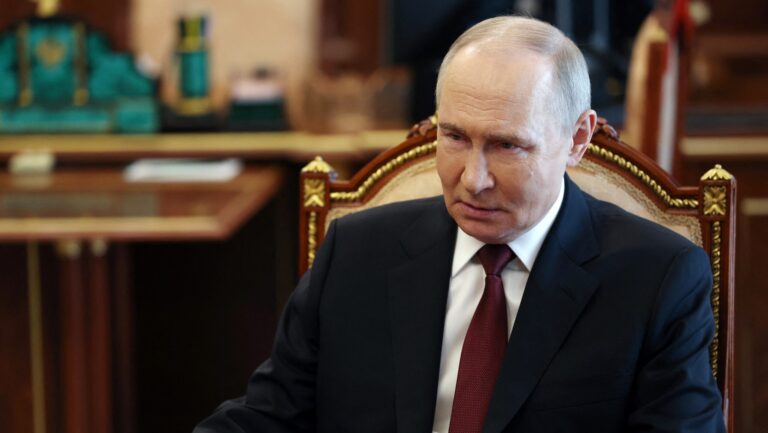Hungary is currently at the 13th place in the newest global ranking of the Global Peace Index, with the developed countries on the periphery of the West and other Central European countries scoring at the top of the list. However, France, the United States, Ukraine, and Russia are way back in the line.
The Global Peace Index ranking countries based on criteria of peacefulness and security has been published again this year.
The actual rankings (the scores) are determined by the Institute for Economics and Peace, founded in Australia, and relevant data are collected by the Economist Intelligence Unit operating alongside The Economist.
The Global Peace Index was published annually since 2009, providing an assessment of 163 countries based on various criteria.
According to the new 2022 index, Hungary has risen further, becoming one of the most peaceful and safest countries in the world, reports Hungarian online news magazine Mandiner.hu.
Hungary is currently standing at the 13th place, between Canada and Finland.
In the same annual global measurements, Hungary was the 19th in 2021; it occupied the 24th place in 2020, and it was at the 27th place in the Global Peace Index when it was published for the first time in 2009.
Iceland, New Zealand, and Ireland occupy the top three positions on the list, followed by Denmark, Austria, Portugal, Slovenia, the Czech Republic, Singapore, Japan, and Switzerland, before Canada, Hungary, and Finland.
Apparently, the countries on the periphery of the western world and a few Central European countries have been scoring highest in the global rankings of peacefulness.
Top Positions of the 2022 Ranking
Germany is 16th, Norway is 17th, Slovakia is the 20th, the Netherlands is at 21st place, Belgium is 22nd, Poland 25th, and Sweden, hit by waves of street violence, is at 26th place of the Global Peace Index in 2022, while Spain is 29th, Romania is 31st, Italy is 32nd, and the United Kingdom is at the 34th place.
Surprisingly, France is the 65th in the ranking, between Oman and Malawi.
The communist party state China is 89th on the list, while the violence-ridden United States, where it is a constitutional right of citizens to bear arms, occupies a position as low as the 129th place in the ranking of countries reflecting the level of peacefulness and security – behind Zimbabwe and Azerbaijan, but coming before Brazil, Burundi, and Eritrea.
Palestine is the 133rd, Israel is 134th, and India is at the 135th place on the list.
On the Global Peace Index map, countries with the worst conditions (the lowest scores) are highlighted in red (from 150th to 163rd). The countries in this group are the following, in the order of their scores:
Mali, Libya, North-Korea, Ukraine, Sudan, Central African Republic, Somalia, Iraq, the Democratic Republic of the Congo, South Sudan, Russia, Syria, Yemen, and, lastly, Afghanistan.
In the 2022 Global Peace Index report, it is emphasized that according to their calculations, of the 14 years that have passed since its launch in 2009, the overall state of peacefulness and security of the world showed deterioration in 11 years.
Compared to 2021 data, the current indicators of internal political terror and terrorism show significant deterioration in several countries, similarly to the relations with neighbouring countries and the global refugee situation.
The complete report can be downloaded in pdf format here.
The indicators used for arriving at the findings in the Global Peace Index report are as follows:
- number and duration of internal conflicts
- number of deaths from external organized conflict
- number of deaths from internal organized conflict
- number, duration and role in external conflicts
- intensity of organized internal conflict
- relations with neighbouring countries
- level of perceived criminality in society
- number of refugees and internally displaced people as a percentage of the population
- political instability
- impact of terrorism
- political terror scale
- number of homicides per 100,000 people
- level of violent crime
- likelihood of violent demonstrations
- military expenditure as a percentage of GDP
- number of jailed population per 100,000 people
- number of internal security officers and police per 100,000 people
- number of armed services personnel per 100,000 people
- volume of transfers of major conventional weapons as recipient (imports) per 100,000 people
- volume of transfers of major conventional weapons as supplier (exports) per 100,000 people
- financial contribution to UN peacekeeping missions
- nuclear and heavy weapons capabilities
- ease of access to small arms and light weapons








